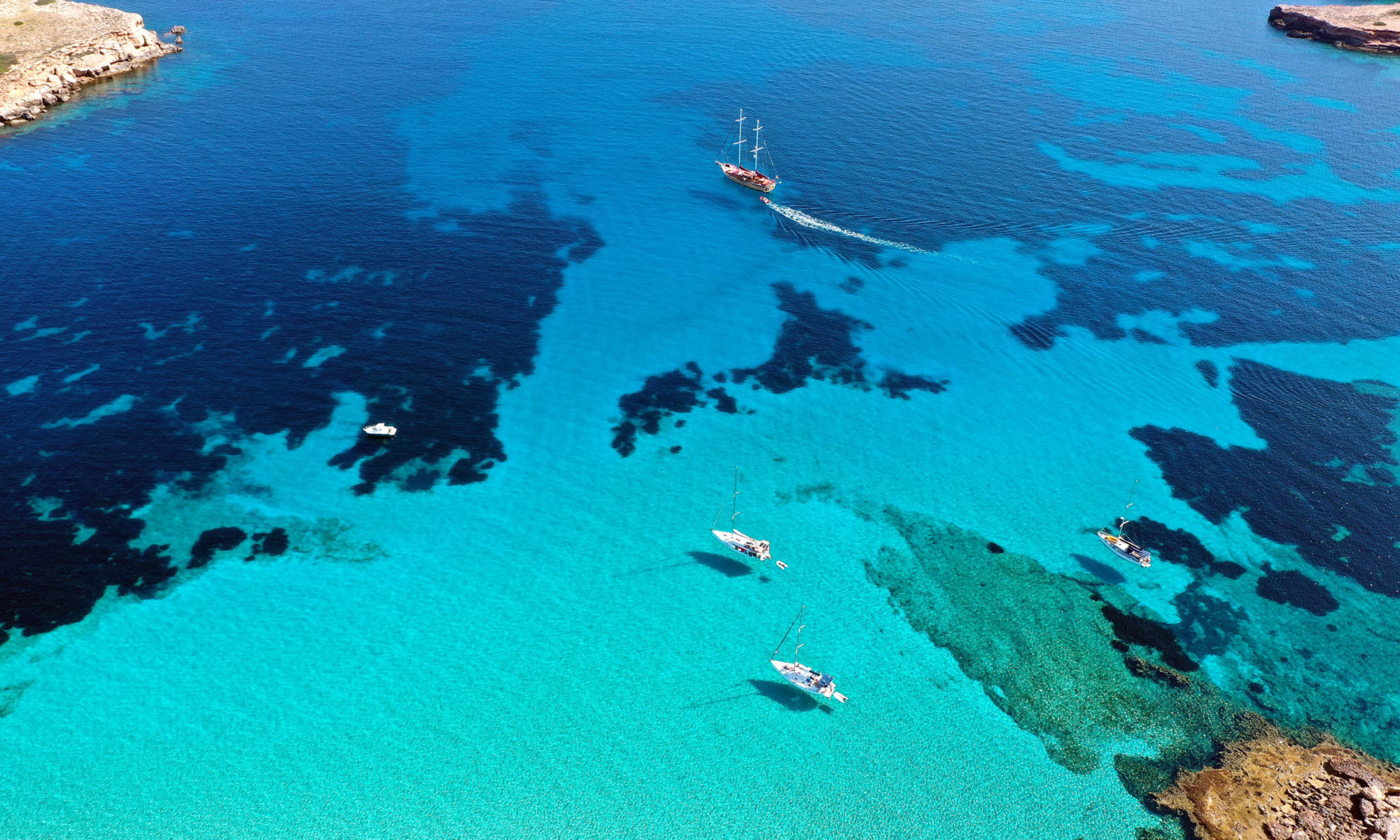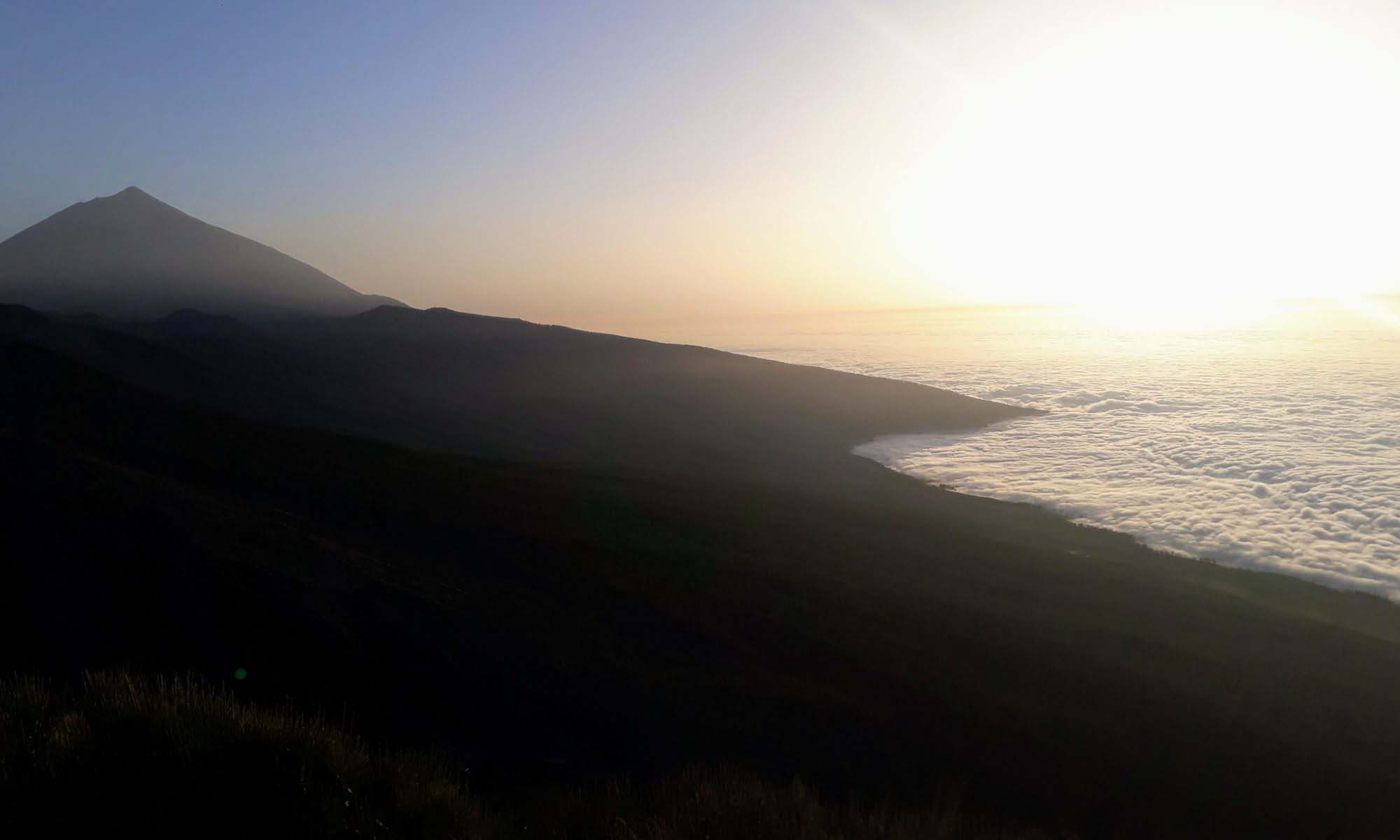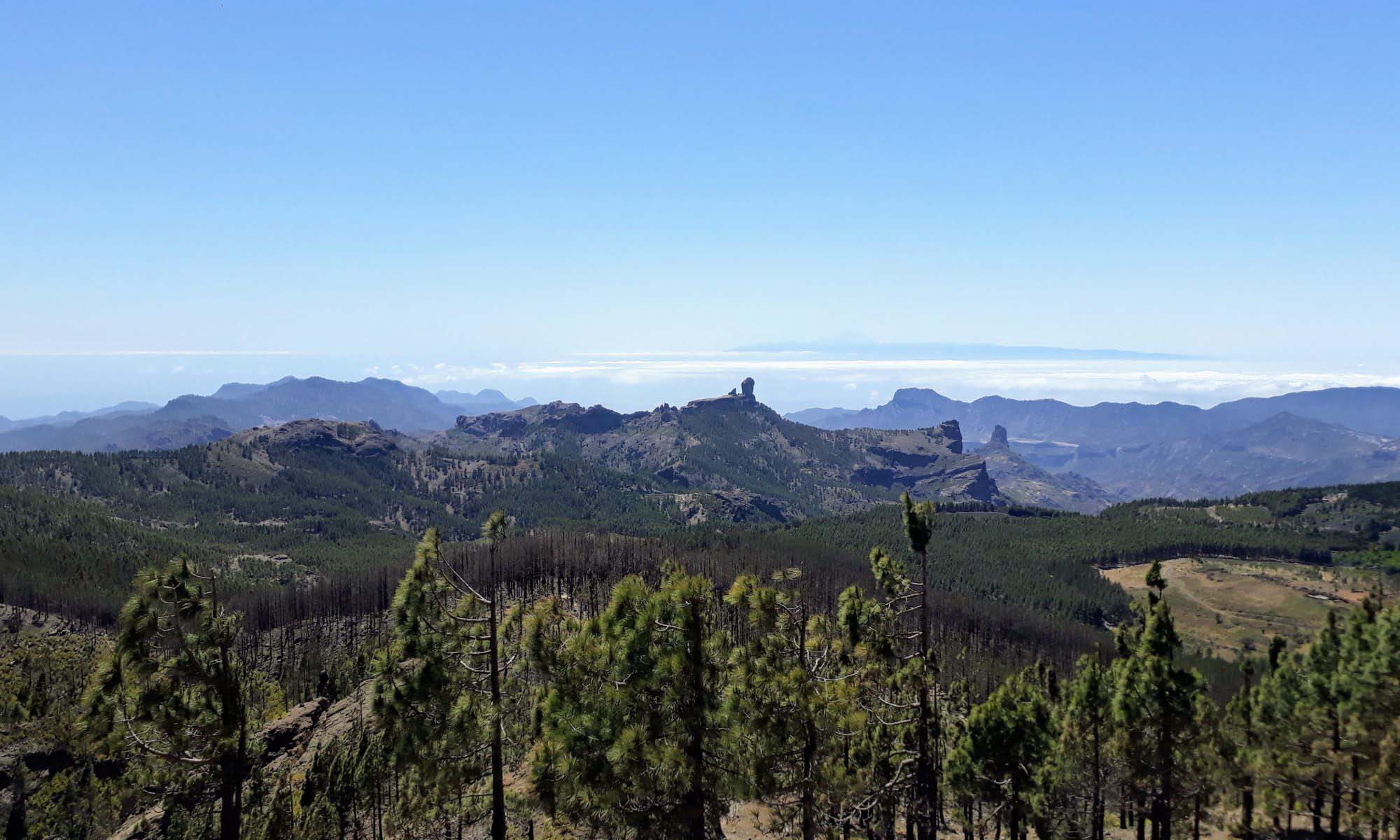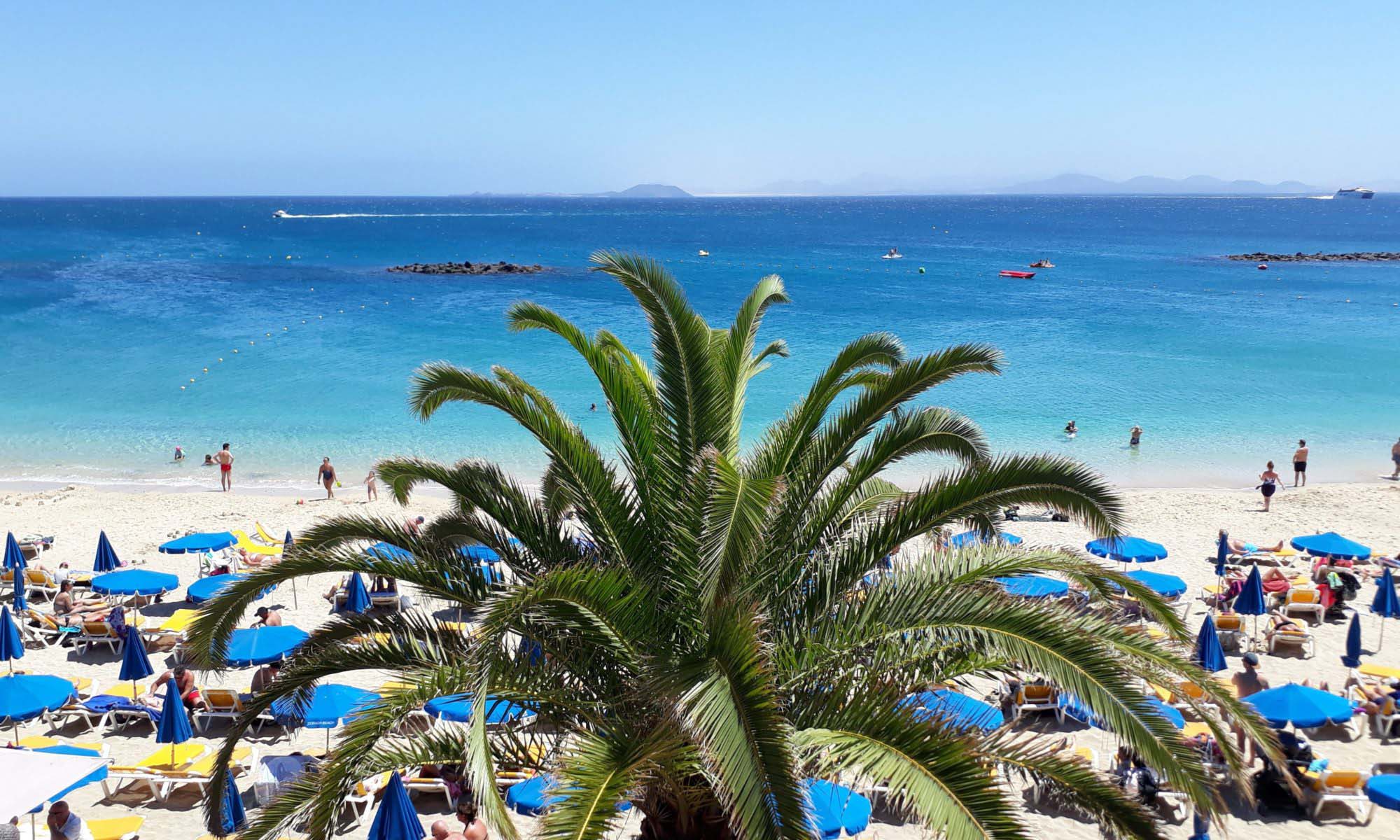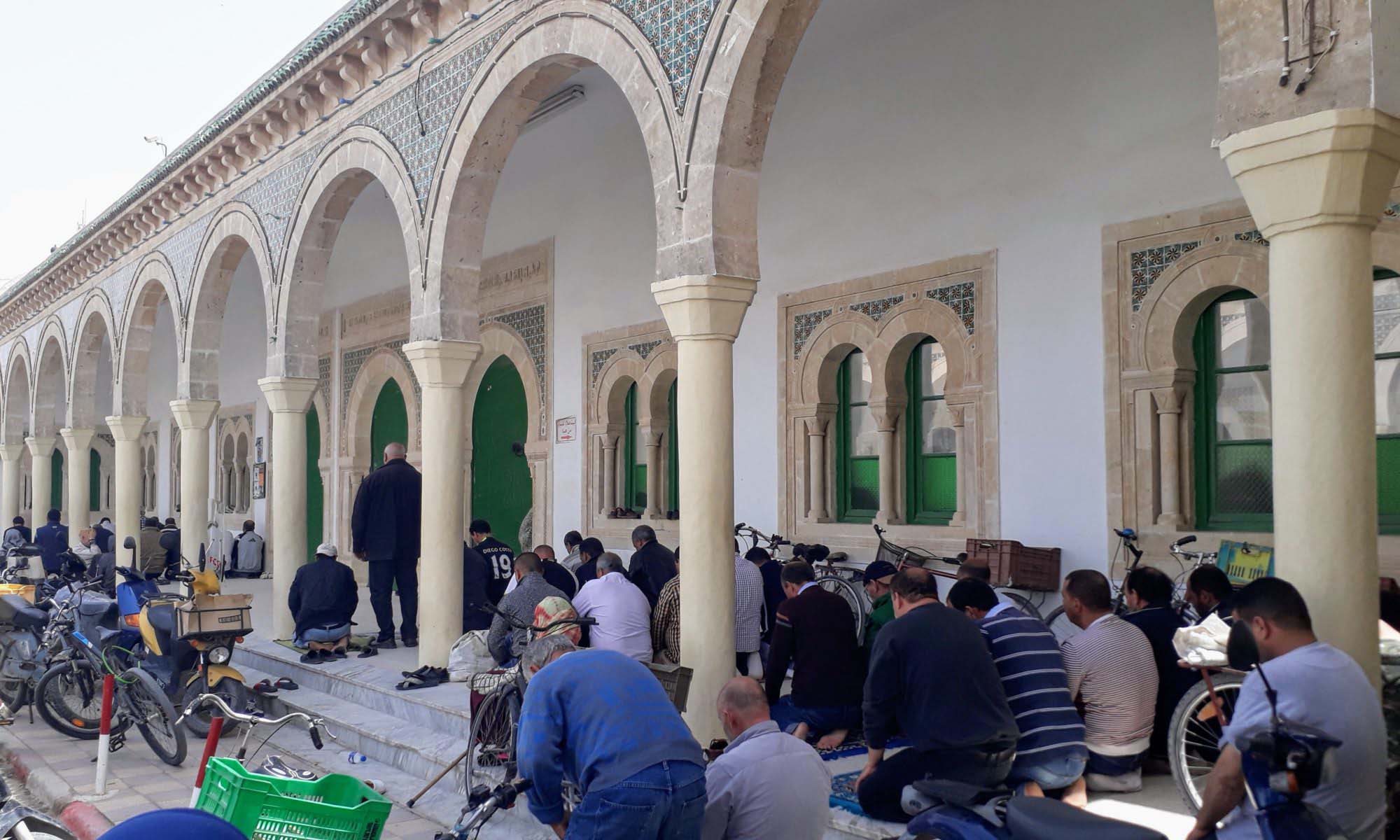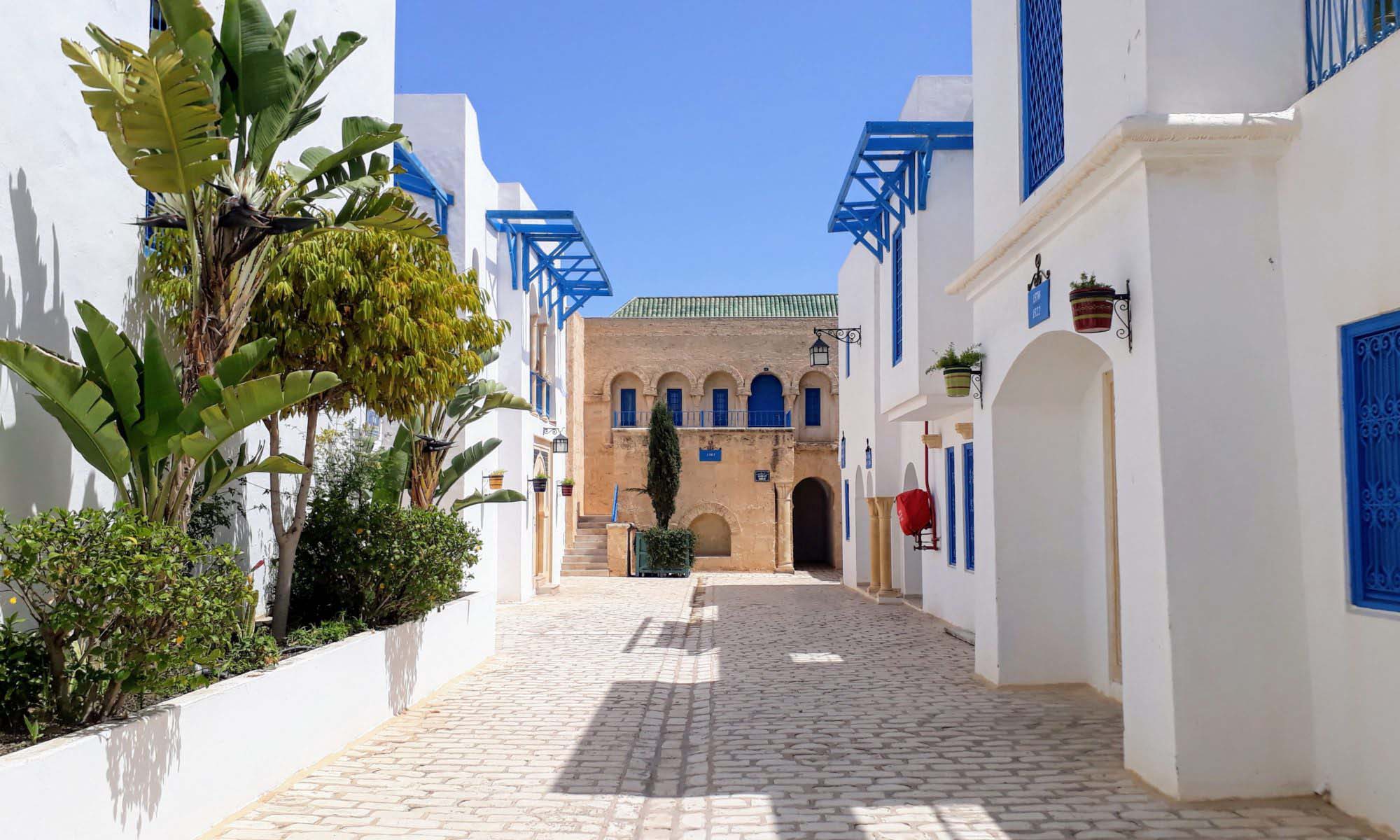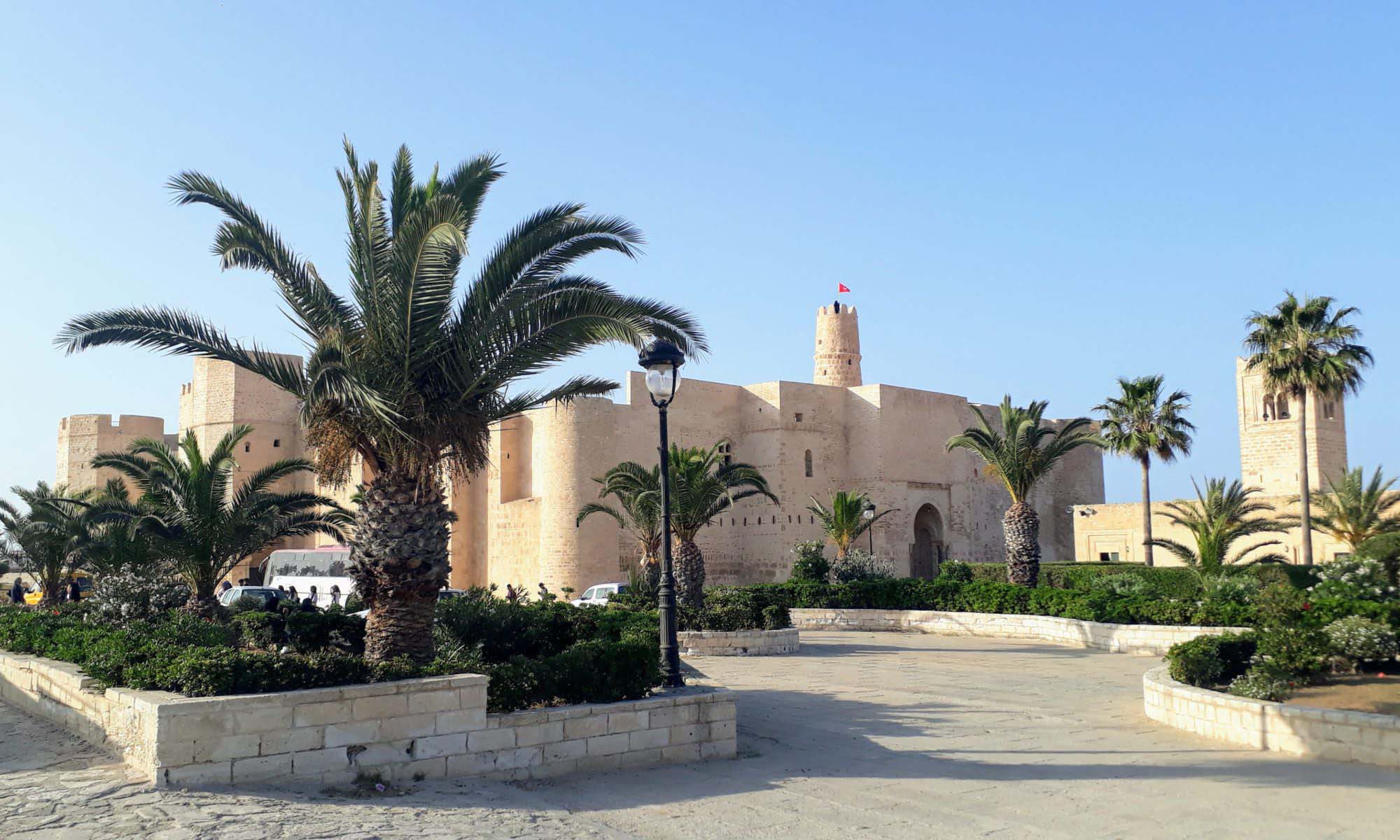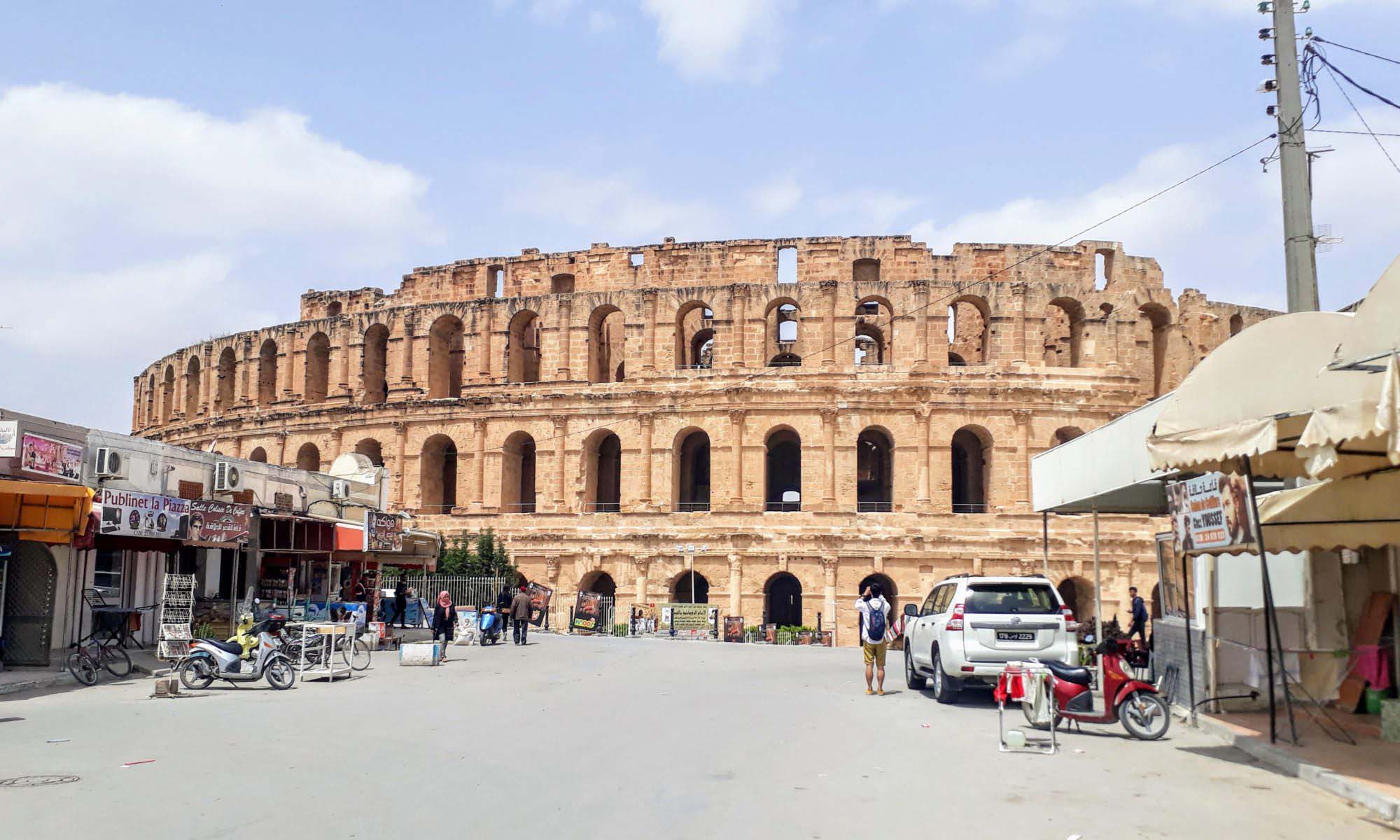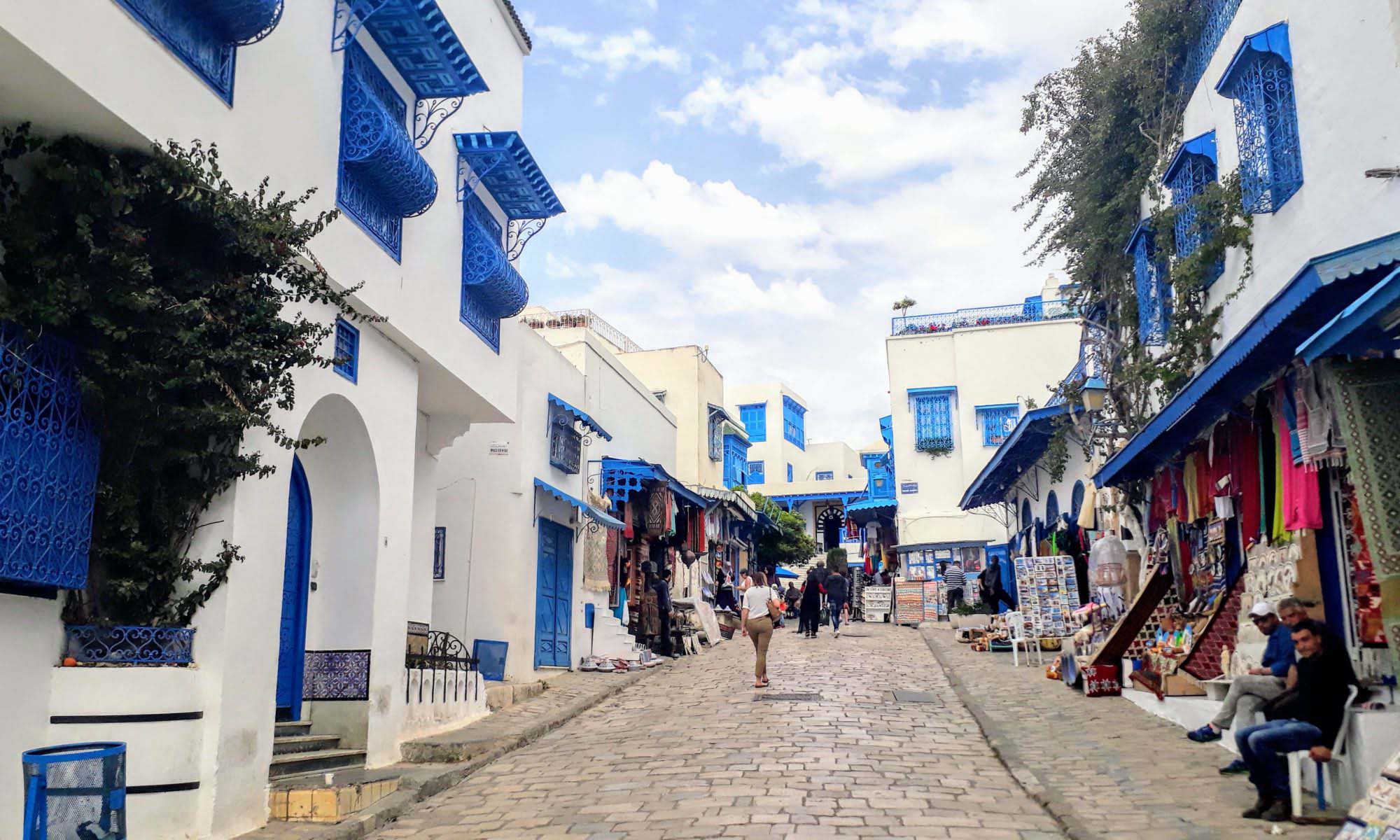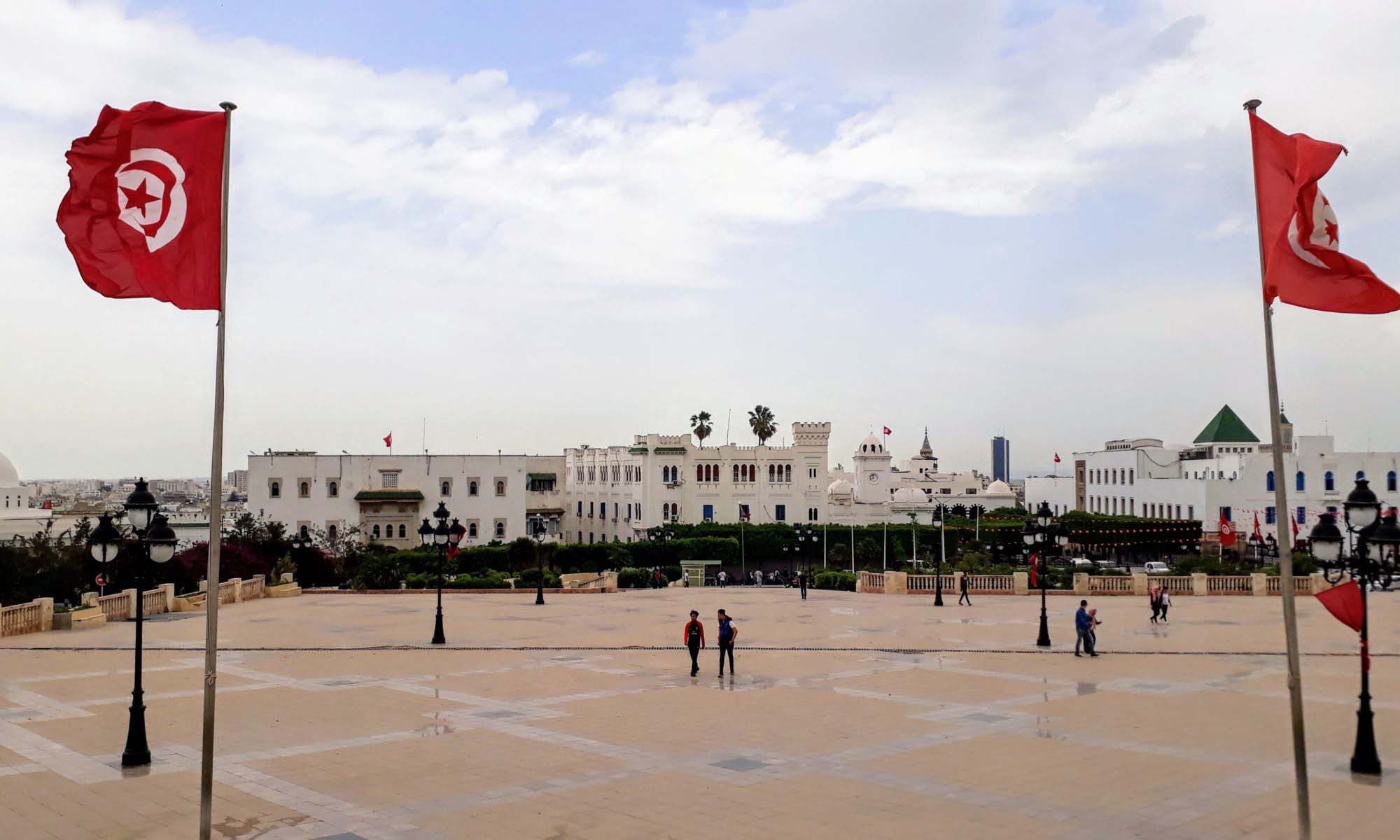It sticks up far above the cloud cover: the volcano Pico del Teide on Tenerife. With a summit elevation of 3718 meters above sea level, it is the highest mountain in Spanish territory. Moreover, it is also the namesake of the largest and oldest protected area of its kind in the Canary Islands: The Parque Nacional del Teide or Teide National Park was established in 1954 and declared a UNESCO World Heritage Site in 2007. We were at the top of the Teide and tell you what to pay attention to. Continue reading “Pico del Teide: At the Highest Peak in Spain”
Gran Canaria: Miniature Continent
The third largest island in the Canary Islands, after Tenerife and Fuerteventura, is also known as “miniature continent” due to its climatic, geographic, floristic and faunistic diversity. After all, there are 14 microclimates on the nearly circular island of volcanic origin with a diameter of about 50 kilometers. But not only the weather is different from north to south, also the culture, the people, the landscape as well as the architectural picture. Here you will learn what you should not miss on Gran Canaria. Continue reading “Gran Canaria: Miniature Continent”
Lanzarote: Artful Volcanic Island
Separated by only a mere 12 kilometers wide strait from Fuerteventura, is the northeastern of the seven major Canary Islands: Lanzarote. As the home of the artist and environmentalist César Manrique, its design was significantly influenced by him. The emergence of the island of volcanic origin goes back about 36 million years. In 1993, it was declared as the first whole island a UNESCO Biosphere Reserve. Continue reading “Lanzarote: Artful Volcanic Island”
Cyprus: Vegan Cheese Paradise
With 225 kilometers in length and 90 kilometers wide, Cyprus is the third largest island in the Mediterranean after Sicily and Sardinia. Although geographically it belongs to Asia, politically and culturally it is mostly counted as Europe. In addition to good weather, beautiful beaches and cultural treasures, you can find above all one thing: vegan cheese in all shapes, colors and flavors! Here you will learn everything you need to know. Continue reading “Cyprus: Vegan Cheese Paradise”
Tunisia: General Information & Tips
EVERYTHING YOU NEED TO KNOW
What language do they speak in Tunisia? In which currency do you pay? How do I get from A to B? And: Do I actually need a visa? These are questions that some probably ask before a trip to the northernmost country in Africa. We’ll answer them. Continue reading “Tunisia: General Information & Tips”
Hammamet & Yasmine Hammamet: Small Tunisia
As the most visited region in the country, Hammamet is considered one of the most important tourist destinations in Tunisia. Thanks to miles of sandy beaches and a wide range of water sports, it has become a popular holiday spot. Therefore, depending on the season, the reported population varies from 100,000 to 400,000. The area is also known for Jasmin, who is also the eponym of the resort Yasmine Hammamet. Continue reading “Hammamet & Yasmine Hammamet: Small Tunisia”
Monastir: Relaxed Resort with Significant Ribat
About 20 kilometers east of Sousse is the 93,306-inhabitant-sized coastal city of Monastir. At the end of the 8th century, the first ribat of North Africa was built here on the Mediterranean coast. The originally small fishing village has become a popular holiday resort. In addition to a long history Monastir is also known for its beautiful sandy beaches. It is also the birthplace of the first president of Tunisia, Habib Bourguiba. Continue reading “Monastir: Relaxed Resort with Significant Ribat”
El Djem: Third Largest Amphitheater of the Roman Empire
The Amphitheater of El Djem (or El Jem) has been the setting of many movies. These include, for example, “Monty Python’s Life of Brian” and “Gladiator”. With a capacity of 35,000 spectators, it is the third largest amphitheater of the Roman Empire after the Colosseum of Rome and the Roman Amphitheater of Capua. The remains have been a UNESCO World Heritage Site since 1979. Continue reading “El Djem: Third Largest Amphitheater of the Roman Empire”
Sidi Bou Saïd: Blue-White Pearl on the Mediterranean
Even though Sidi Bou Saïd probably isn’t an insider tip anymore, the small town on Tunisia’s Mediterranean coast is still absolutely worth seeing. That’s because the whole village is kept in two colors. Whether church, shutters, awning, park bench or trash can: Simply everything is white and/or blue here. How the village was founded and how you get there, you will read here. Continue reading “Sidi Bou Saïd: Blue-White Pearl on the Mediterranean”
Tunis & Carthage: Capital and UNESCO Ruins
With 1,056,247 inhabitants, Tunis is not only Tunisia’s capital, but also by far the largest city in the country. But that’s not all: In the ranking of the most liveable cities it occupies the 1st place in North Africa. The Medina of Tunis from the 9th century has been a UNESCO World Heritage Site since 1979. Just like Carthage: Today, the former city of antiquity is a suburb of Tunis and attracts numerous tourists every year to its archaeological excavations. Continue reading “Tunis & Carthage: Capital and UNESCO Ruins”
